
Jaundice is transitory yellowish staining of the skin, mucous membranes and the whites of the eyes which points to some imbalances in the body and is characteristic for certain medical conditions.
Jaundice develops as a consequence of excess of bilirubin and accumulation of bile pigment in the skin and mucous membranes. This is not a condition per se but represents only one sign of different diseases all of which are closely related to increase of bilirubin in the body. Jaundice affects people of all ages. The cause is, however, different in different age groups. After identifying the underlying cause of jaundice and adequate treatment, the body gets rid of excess of bilirubin and one eventually restores normal color of the skin.
Jaundice in Adults Causes
Any liver malfunctioning associated with bilirubin build-up in blood is inciting factor for jaundice.
For instance, there may be an obstruction in the bile duct which prevents bile from being excreted. This is a so called obstructive jaundice and occurs in people suffering from gallstones or liver tumors. Another cause of jaundice in adults is liver cirrhosis and subsequent liver failure. These two conditions are blamed for inadequate bile elimination and its accumulation in the skin and mucous membranes. Finally, even if the liver is functioning adequately, there may be excessive release of bilirubin into the blood due to rapid destruction of red blood cells. This is a so called hemolytic jaundice.
It is also essential to mention infectious diseases of the liver. Hepatitis or inflammation of the liver is caused by different viruses and is almost always accompanied by jaundice.
Jaundice in Adults Symptoms
Jaundice is very easy to be diagnosed. By observing patient's skin, visible mucous membranes or the whites of the eyes even an inexperienced person can recognize yellow discoloration.
Furthermore, there may be changes in the color of the stool and urine. The stool appears whitish while urine may become darker or tea colored due to excess of bilirubin.
The accumulation of bile pigment and bile salts in the skin is responsible for itchy sensation some patients have to deal with.
Jaundice in Adults Treatment
Treatment for jaundice in adults is not unique because the yellowing may be associated with different conditions which require different treatment approaches.
So, only after thorough examination, additional test and laboratory exams doctors set the diagnosis and start with treatment. If patients respond well to treatment, the skin and mucous membranes eventually restore their normal color.







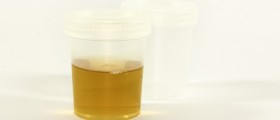
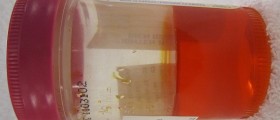



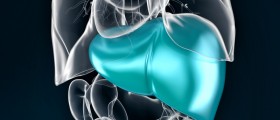
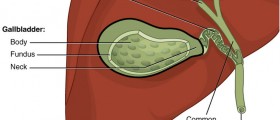
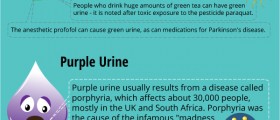
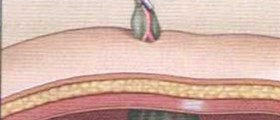
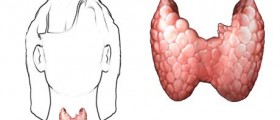
Your thoughts on this
Loading...